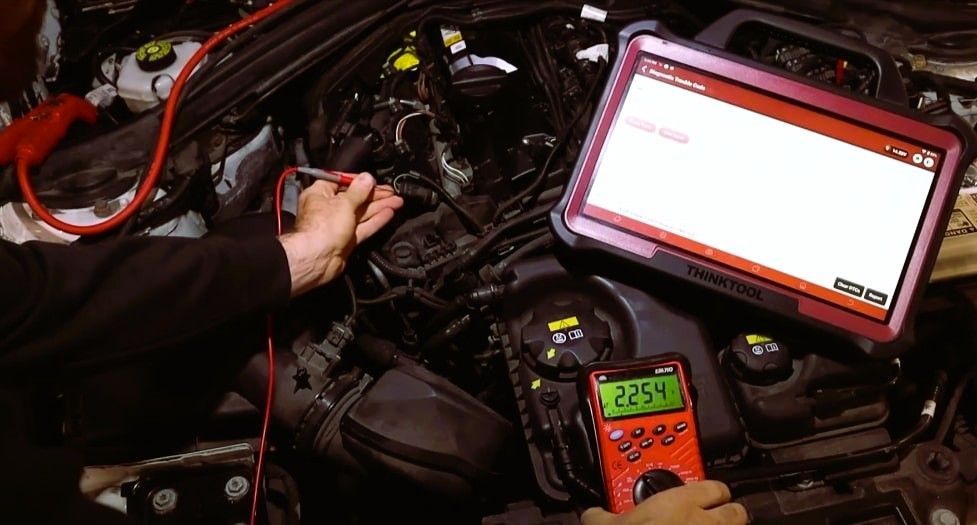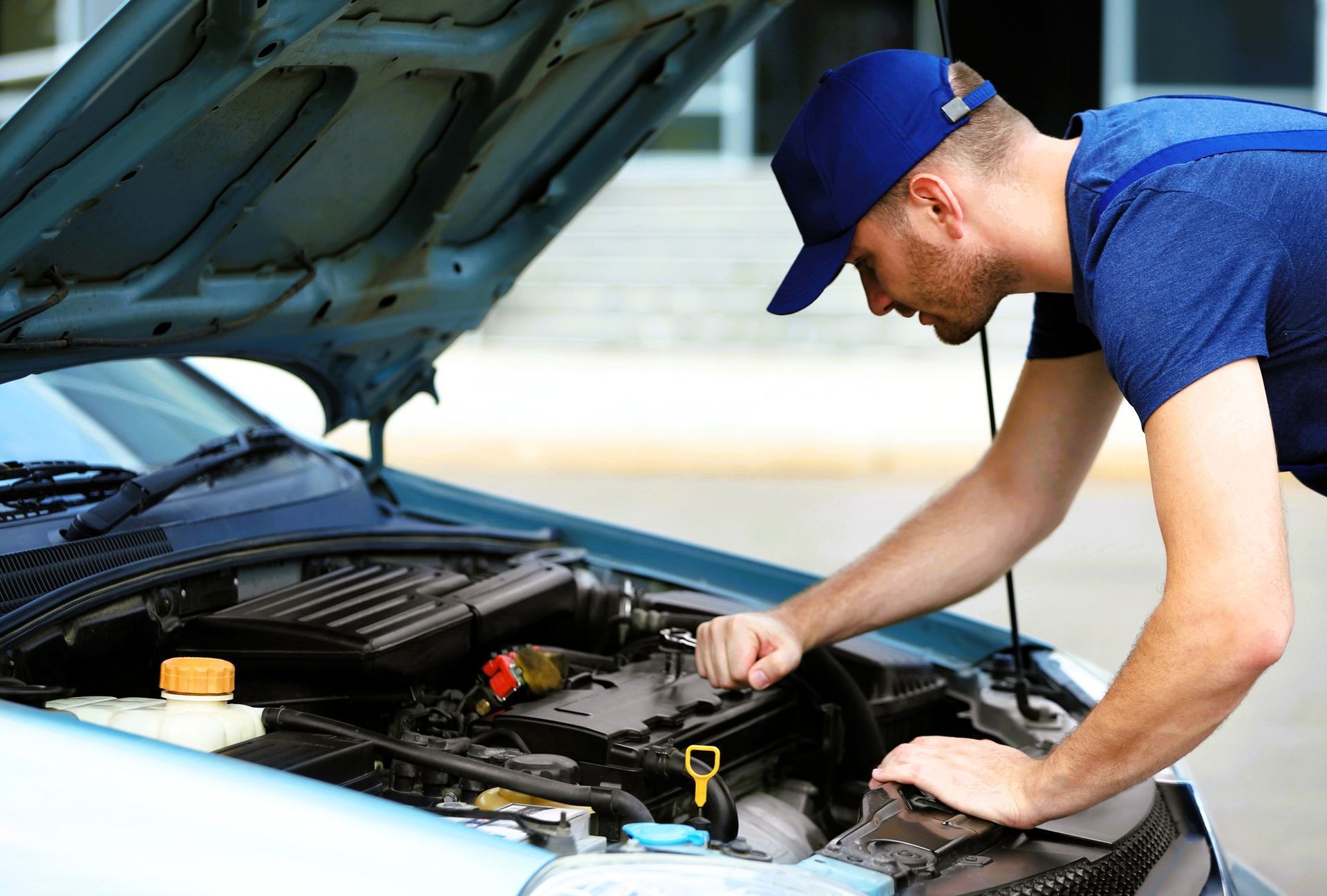6 Essential Fluids for Your Car & How Often to Check Them

Did you know that your car requires regular maintenance and various fluids to function properly? Each of these fluids serves a crucial role in keeping different parts of your vehicle operating smoothly.
As a car operates, it creates heat and friction that could cause damage if not properly lubricated. Knowing the required fluids for your car and how often to check or change them is crucial. To keep your car in top shape, you should regularly check these six essential fluids:
1. Engine Oil: Regularly
changing your engine oil is crucial for optimal performance and longevity. Oil serves as the lifeblood for your engine. It is recommended that you check your oil level every month, and have it changed every 3,000 miles or as specified by the manufacturer’s maintenance schedule.
How often you change it: To ensure your vehicle is always running optimally, peruse the owner's manual for information on when to check and change the oil. We suggest checking your car's oil at least once a month. If your vehicle burns or leaks oil, you should do it more often. It is recommended to get an oil change after driving 3,000 miles.
2. Transmission Fluid: Transmission fluid helps to
lubricate the transmission and its parts so that your car can shift into higher gears for speed and acceleration. It is important to keep this fluid topped off as it can burn off quickly when your car is in operation. Check the transmission fluid level once a month and have it changed at the recommended intervals.
How often you change it:
For
manual transmissions, it is recommended to change the transmission fluid every 30,000 to 60,000 miles. On the other hand, for automatic transmissions, the transmission fluid should be changed every 60,000 to 100,000 miles.
3. Brake Fluid: Brake fluid is essential for the
proper operation of your brakes and it should be checked regularly for signs of leakage. A low brake fluid level can lead to decreased braking power, so make sure you check the levels on a regular basis.
How often you change it: Brake fluid should be changed every two years or as recommended by the manufacturer.
4. Coolant: To prevent your car's engine from overheating, it's important to use coolant, which also provides protection against freezing in cold weather. Make sure to routinely check the coolant levels at least once a month and follow manufacturer recommendations for when to have it changed.
How often you change it: Like checking your oil, check your car's coolant levels monthly. It should be changed every two years or 30,000 miles, whichever comes first. Coolant has a longer lifespan than engine oil, and it is important to remember that neglecting to check or change your coolant can cause severe and expensive damage to your engine.
5. Power Steering Fluid: Power steering fluid helps make turning the wheel easier by providing hydraulic power assistance. The levels of this fluid should be checked periodically so ensure a smooth, safe ride for you and your passengers.
How often you change it:
Check the power steering fluid level every month and, depending on driving conditions, have it changed as recommended or when there is noticeable leakage.
6. Windshield Washer Fluid:
The windshield washer fluid helps to keep your view of the road clear in all types of weather. Check the levels of this fluid periodically and refill if necessary.
How often you change it: Windshield washer fluid should be changed as needed. Checking your wiper blades regularly and replacing them if they are worn or cracked is crucial. Worn or cracked wiper blades are less effective and not in good condition.
Maintaining the levels and quality of all these fluids is essential for a safe, reliable ride. By checking them regularly and having them changed as recommended, you can ensure your car is running smoothly for years to come.


